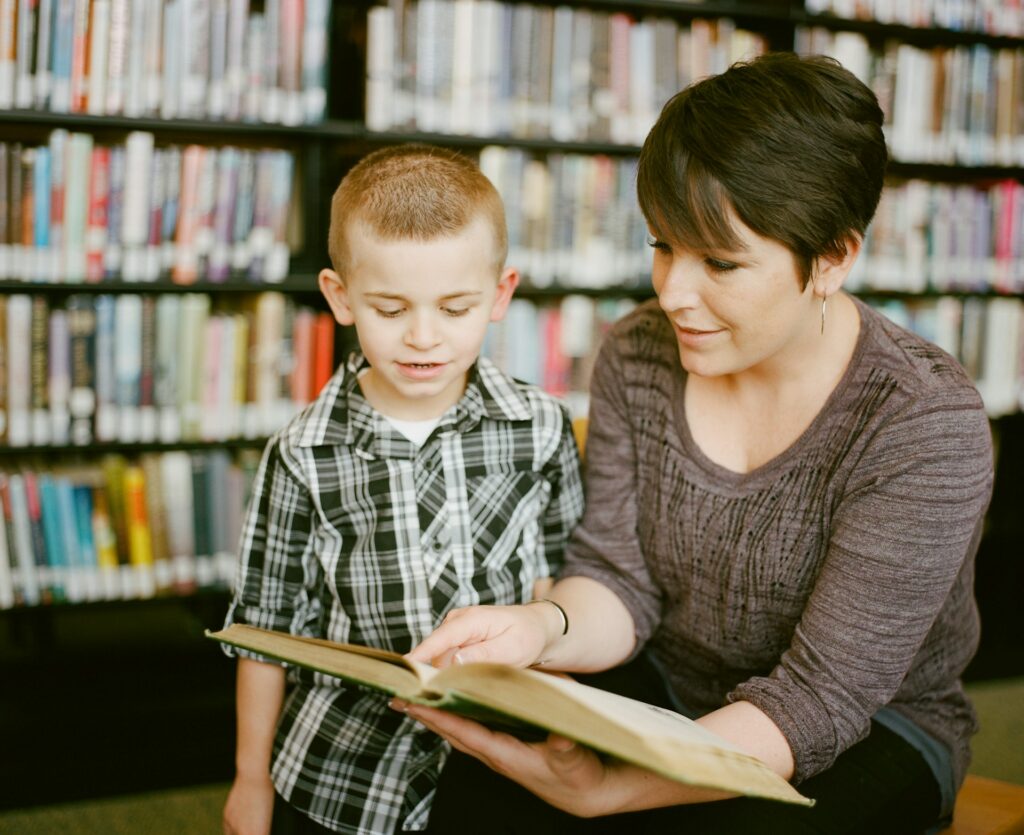When our first child was born, my wife and I were excited to expand our family. But we weren’t just bringing home a new baby—we were also bringing home a lot of debt. By the time she gave birth, our second daughter had already arrived in the form of student loans for her master’s degree. We didn’t have much money left over after paying off those loans, so it seemed like putting money away for retirement would be impossible.
Then one night at dinner with friends who had kids close to ours’ ages, I overheard them talking about opening Roth IRAs for their children when they turned 18 (the age at which you can legally open an IRA). That got me thinking: if early investments can help people save more later on in their careers, then why not start early and let our kids reap the benefits?
For context, my wife and I are both in our early 30s.

As a millennial, you are in the prime of your career. You have years to save for retirement, and you want to teach your kids about investing. If you want to give them a head start on their own retirements, Roth IRAs are an excellent option for your child’s college savings.
The Roth IRA is different from other types of accounts because it allows investors with adjusted gross incomes under $135,000 to contribute after-tax money into the account each year. The money grows tax-free until it’s withdrawn in retirement or used as a withdrawal penalty-free loan during emergencies. Once withdrawals begin at age 59 ½, they will be taxed as ordinary income (but may still be subject to state income tax).
Roth IRAs are a type of retirement account

Roth IRAs are a type of retirement account. They are different from traditional IRAs, in that you contribute after-tax dollars. You can withdraw money from your Roth IRA after age 59.5 without penalty (though there will be taxes due).
Traditional IRAs differ in the following ways: you contribute pre-tax dollars to your IRA; and upon withdrawal, if you withdraw before age 59.5 and have not met the 5-year rule (which includes making regular contributions for at least five years), then you will pay taxes on those withdrawals as well as an early withdrawal penalty
We want to teach our kids good financial lessons

The main reason we opened Roth IRAs for our kids is to teach them a lesson in good financial habits. We want them to learn how important it is to save for retirement and invest their money in the stock market so that they can see how compound interest works firsthand.
One of my favorite things about investing is watching how my money grows over time, even when I don’t touch it. I love seeing my account balance grow every year (and every month!) because I know that tomorrow could be different than today—that if I keep doing what I’m doing right now, then someday soon all those pennies will amount to something significant.
And help build their confidence in the future

You can’t predict exactly what the future will look like. But you can prepare for it. Investing is one way to make sure your kid is prepared.
For example, imagine that your teen decides to set aside $100 each month in an investment account when they’re in high school (age 17). They continue this practice throughout their 20s and 30s until they reach age 40.
By age 40, they’ll have invested a total of $26,400—that’s less than three percent of the median home price in many markets around the country! And by saving money early on, they’ll also be able to buy a home sooner rather than later without having to pay as much out-of-pocket or relying on financing terms that may not be favorable for them (like paying points or closing costs).
By having them start investing now and watching it grow

The power of compounding interest is one of the most important lessons you can teach your kids. If you start investing early in their lives, they’ll be able to watch their investments grow exponentially over time. By starting when they’re young and keeping an eye on the money, they’ll learn how to manage their finances better later on.
A Roth IRA is a great place to start because it’s completely sheltered from taxes until withdrawals are made after retirement age (when you’re 59½). A Roth IRA also grows tax-deferred, meaning there are no tax consequences at any point during its life cycle—in other words, there’s no penalty for withdrawing too much money in a year or taking it out before retirement age. And once you hit that magic number at which most people can begin taking out funds without penalty (age 59½), all that extra cash will be yours free and clear—no taxes!
Our parents didn’t have the knowledge or resources to do this for us when we were younger, but we want to give our kids that opportunity.

When my husband and I had our first child, we decided to open a Roth IRA for her. We wanted her to be able to invest in her future at a young age and understand the value of saving early. It was important for us that she got started with investing early because the longer your money is invested, the more opportunities you have to gain from compound interest. In addition, this allows you time for mistakes without having to worry about losing everything as some people have in recent years (cough cough).
It’s not uncommon for parents not to know how or have access to open an account when they were younger, but as adults we want our kids exposed and educated on how they should handle their own finances now so they don’t end up being saddled with debt when they’re older.”
The earlier you start investing, the more time your money has to grow.

The earlier you start investing, the more time your money has to grow. The longer a nest egg has to grow and compound, the greater its potential will be. With just one year of additional compounding, an investment worth $10,000 could turn into $11,240; with five years of compounding instead of four, that same $10K would become $14K. In other words: The sooner you start investing for retirement or any other goal, the better off you’ll be later on – even if it means taking on more risk in the short term in order to get started earlier!
Conclusion
We know that the future is uncertain and we don’t have all the answers. But we also believe in starting early, investing regularly, and keeping an eye on your goals. I hope this article gave you some ideas about how to get started with investing for your kids—and they’ll thank you someday!